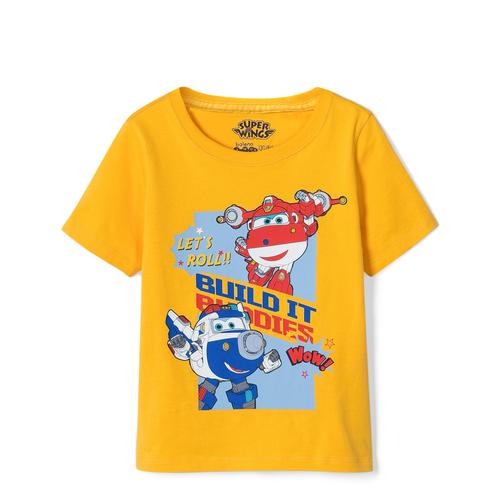Knitted fabric is a soft, elastic fabric made by knitting method and is widely used in the production of knitted clothing. The following is a detailed analysis of the production process and steps of knitted clothing:
1. Design and sample production: Determine the design plan of knitted clothing, including style, pattern and size wait. Subsequently, prototypes are produced to provide reference and copying to production workers.
2. Raw material preparation: Select suitable knitting raw materials, such as yarn, cotton thread or blended thread, etc. Choose the appropriate fabric material according to the design requirements and target market, such as cotton, wool, silk, etc. At the same time, the raw materials are processed and prepared, such as dyeing, pre-shrinking and other processes.
3. Knitting: Knitting Knitting is the process of weaving yarn or cotton thread into cloth through a knitting machine according to the design requirements. This step selects different knitting methods and equipment according to design requirements, such as warp knitting, horizontal knitting, knitting and plain knitting, etc.
4. Thread finishing: After weaving, the knitted fabric is sorted through processes such as cutting and ironing to make it flat, neat, and ensure that it conforms to the Size and shape required by design.
5. Cutting: According to the design requirements and size specifications, the finished knitted fabric is cut according to the template. This step requires precise cutting techniques and manipulations to ensure that the fabric pieces and dimensions are accurate.
6. Sewing: Sew the cut fabric segments through a sewing machine. In this process, different parts need to be spliced together, such as sleeves, collars, waistbands, etc. At the same time, attention needs to be paid to the sewing quality and the beauty of the stitches.
7. Auxiliary processes: Carry out some auxiliary processes as needed, such as patches, snaps, selvedges, etc., to improve the overall quality and decoration of the clothing. sex.
8. Ironing and inspection: After sewing, iron the garment to make it look flat and smooth, and conduct quality inspection to ensure compliance. Product standards and requirements.
9. Packaging and quality inspection: Packaging of finished products, such as folding, stacking, plastic bag packaging, etc. At the same time, final quality inspection is carried out to ensure that the quality of the finished product meets expectations, and necessary labels, hangtags, etc. are attached.
10. Finished products leave the factory: After completing packaging and quality inspection, the finished products are sorted and packaged and prepared for shipment from the factory.
The above are the main steps and technical points in the production process of knitted clothing. Each step requires the operation and fine skills of professional workers to ensure the quality of the final product and meet the design requirements.







